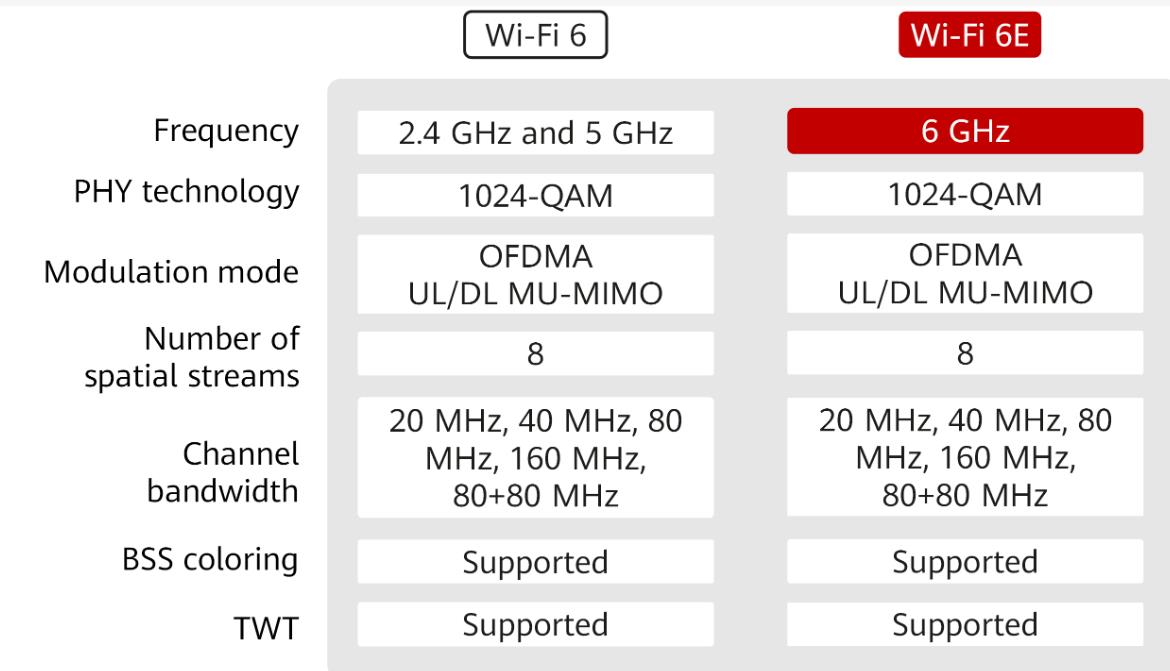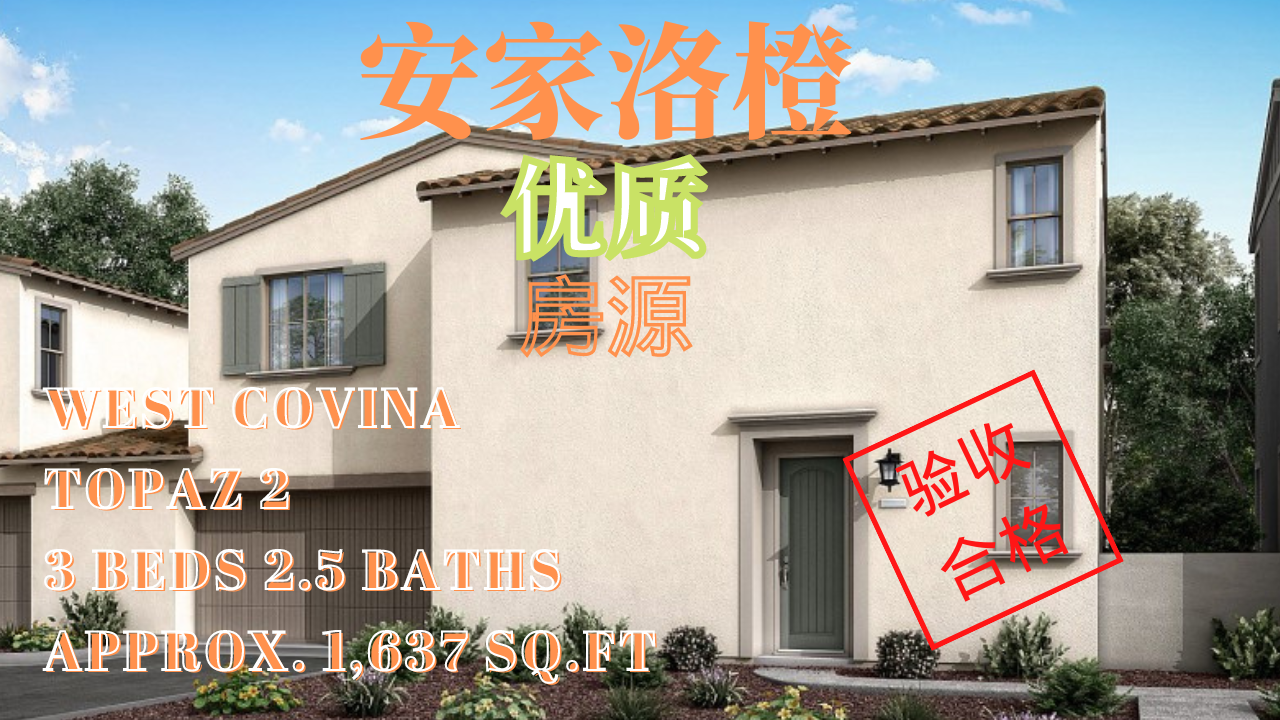Qualcomm has consistently driven the evolution of wireless networking technology, from WiFi 5 to the latest WiFi 7, offering solutions that span enterprise, industrial, and consumer applications. This article provides a detailed comparison of two key Qualcomm WiFi SoCs: the QCA9882 (WiFi 5) and the QCN6224 (WiFi 7), analyzing their differences in architecture, performance, band support, application scenarios, and software ecosystem.

1. Product Positioning and Generational Differences
| Item |
QCA9882 |
QCN6224 |
| WiFi Generation |
WiFi 5 (802.11ac) |
WiFi 7 (802.11be) |
| Release Year |
~2014 |
~2023 |
| Architecture |
802.11ac Wave 2 |
Next-gen WiFi 7 platform |
| Process Node |
28nm |
6nm / 7nm (depending on version) |
| Target Use Case |
Entry-level enterprise APs / Industrial IoT |
Mid-high-end APs / Industrial routers / WiFi 7 modules |
2. Wireless Specifications and Frequency Support
| Item |
QCA9882 |
QCN6224 |
| Supported Protocols |
802.11a/b/g/n/ac |
802.11a/b/g/n/ac/ax/be (WiFi 7) |
| Supported Bands |
2.4GHz / 5GHz |
2.4GHz / 5GHz / 6GHz (Tri-band) |
| MIMO Configuration |
2×2 MU-MIMO |
2×2 or 4×4 MU-MIMO |
| Channel Bandwidth |
Up to 80MHz |
Up to 320MHz (WiFi 7 feature) |
| OFDMA |
Not supported |
Supported (Uplink & Downlink) |
| MU-MIMO |
Limited support |
Enhanced MU-MIMO with high user density |
| Multi-Link Operation (MLO) |
Not supported |
Supported (key WiFi 7 feature) |
| Max Data Rate |
867 Mbps |
Up to 9.6 Gbps (configuration dependent)
|
please contact: sales@wallystech.com
3. Hardware Interfaces and Packaging
| Item |
QCA9882 |
QCN6224 |
| Host Interface |
PCIe 2.0 |
PCIe 3.0 / 4.0 |
| Common Form Factor |
Mini PCIe module |
M.2 / NGFF / Custom module |
| Antenna Support |
2 antennas |
2 or 4 antennas, supports advanced beamforming |
| Power Management |
Basic |
Advanced PMU, supports Target Wake Time (TWT) |
4. Software Support and Ecosystem Compatibility
| Item |
QCA9882 |
QCN6224 |
| Mainline Driver |
ath10k / ath10k-ct |
ath12k (WiFi 7 dedicated) |
| OpenWRT Support |
Mature and stable |
Emerging support (included in 2024 mainline) |
| OpenWiFi Compatibility |
No |
Yes (supported under OpenWiFi initiative) |
| SDK Ecosystem |
Supported by QSDK/QCA SDK |
Supports latest Qualcomm SDK and OpenSync |
| Recommended Kernel |
Linux Kernel 4.x+ |
Linux Kernel 5.15+ for optimal ath12k support |

5. Application Scenarios Comparison
| Scenario |
QCA9882 |
QCN6224 |
| Industrial Gateways / IoT Edge Devices |
✅ |
✅ (better for high concurrency & speed) |
| Enterprise AP (dense deployments) |
Partially suitable |
✅ |
| Mesh Backhaul |
Limited |
✅ (6GHz high-bandwidth backhaul) |
| Real-time apps (video conferencing / AR / XR) |
❌ |
✅ (low latency, QoS aware) |
6. Power and Thermal Design
| Item |
QCA9882 |
QCN6224 |
| Peak Power Consumption |
~5–7W |
~8–12W (depending on band and antenna config) |
| Cooling Requirements |
Passive heatsink sufficient |
Recommended: heatsink + thermal pad / casing |
| TWT Power Saving |
Not supported |
Supported (essential WiFi 7 power-saving) |
7. Cost and Availability
| Item |
QCA9882 |
QCN6224 |
| Market Availability |
Widely available, mature stock |
Increasing volume, often via B2B/custom modules |
| Cost Positioning |
Low-cost (<$10 per module) |
Mid-high-end (30–30–60 depending on configuration) |
| Future Viability |
Nearing EOL in modern applications |
WiFi 7 mainstream SoC over next 5+ years |
8. Summary and Selection Guidance
| Use Case |
Recommended SoC |
| Cost-sensitive, basic functionality |
QCA9882 (mature and affordable) |
| Developing WiFi 7 products, mesh backhaul, or high performance CPE |
QCN6224 (tri-band, MLO, high concurrency) |
| OpenWiFi or TIP ecosystem integration |
QCN6224 |
| Legacy system replacements |
QCA9882 |
Additional Notes
-
QCN6224 is part of Qualcomm’s WiFi 7 platform lineup, designed for low-to-mid power WiFi 7 applications, offering tri-band support, 320MHz bandwidth, MLO, and efficient OFDMA scheduling.
-
QCA9882 remains popular in budget-friendly routers, industrial CPEs, and older wireless deployments but lacks future-facing features like 6GHz, MLO, or TWT.
-







































